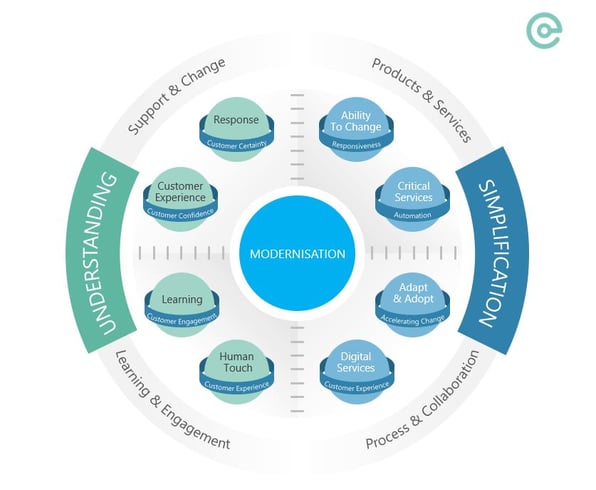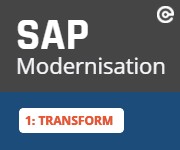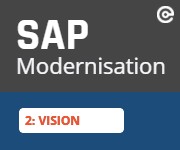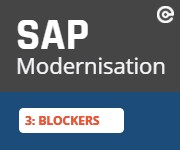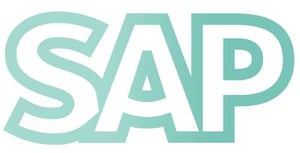
In the last blog, we reflected on ways to manage blockers and avoiding success constraints. More recently though, our focus has and continues to be unified against the threats and impacts from Coronavirus. Few organisations have been untouched, and most have had to face the challenge to radically consider digitising the ways they work and how they may do business in the future. Despite the numerous challenges, we must think, adapt and change faster than ever before whilst seizing the moments to accelerate recovery.
As organisations’ explore ways of embracing a more Agile approach moving forward, I came across this really interesting article from Australia Adapt 2018 conference. The leading inhibitor to increased Agility is noted as Legacy systems and processes (sometimes described as Technical debt). Another perspective is ensuring you understand the Mindset or attitudes required to become and remain more Agile. Experience in driving change is accompanied by how we adapt, adopt and enable our business of the future. For an excellent summary of the implications, the McKinsey literature has been extremely helpful.
The current climate has certainly meant the need for being Agile has taken on an unexpected and accelerated injection of need. The need to think, understand, engage, collaborate, communicate, plan, work, buy, sell, care, personalise, fulfil, simplify and support our employees and customers differently. Businesses have found ways to evolve faster and through more uncertainty, but it’s important we are able to sustain this momentum, and the defined principles and pillars behind the Agile movement may help us.
In this blog, we observe two combined elements to help breakdown Modernisation initiatives in support of being more Agile. Modernisation isn’t an exact science and the data we collect within our organisations can be too in-depth or in some cases not in-depth enough, both of which hinder optimal decision making. What we need is a simple model which we can continually test and retest at speed to understand how our business is learning and needs to respond. What we require is a combination of Understanding and Simplification with the foresight to see how these elements impact each other.
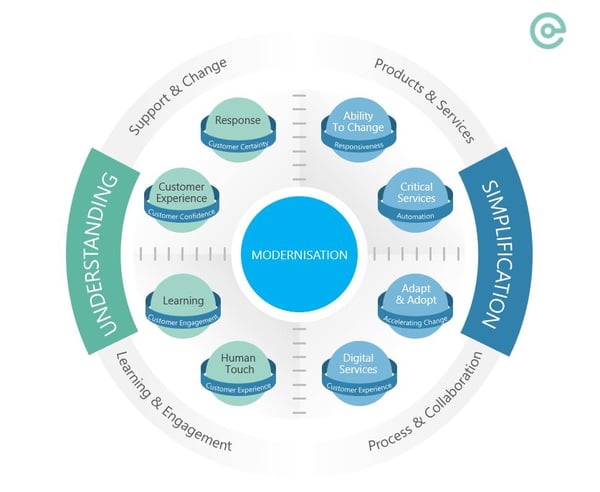
Simplification: The high street has been championing digital services for over 10 years but the longer term implications of Coronavirus, and the subsequent changes to a physical retail experience as well as experiences in travel, hospitality and leisure activities means we have to add further focus to restore confidence and certainty in social interaction and in person experiences. When it comes to simplification, there are four key aspects in the context of Modernisation. Ability to Change, Critical Services, Adapt & Adopt and Digital Services. The most successful organisations over the last 6 months have focused on Simplification around Digital Services as well as rapidly changing their Processes & Collaborations to ensure these digital services have impact.
Products and Services: lockdown challenged many organisations to simplify product lines and SKU’s – overnight. It challenged organisations to think about Supply chains and, inventory management differently and how they needed to adapt to enable Customer fulfilment. For example Heinz to Home was already planned but accelerated due to Coronavirus. It was launched as many customers were unable to get supplies from stores or get an online supermarket delivery. Organisations had to make these changes quickly, working in remote environments, with the foresight to understand the ‘new normal’ and developing products for online only purchasing. Market conditions have meant organisations have achieved significantly shorter product development and launch cycles, in some cases by months to days. The Necessity to change, driven by meeting customer demand, protecting revenues and in some cases to simply survive has proven to many companies that they can adapt, adopt and respond quicker than they ever thought possible.
Simplification not only enables different Customer experiences but faster learnings and feedback loops, which in turn builds confidence in learnings about your products and services. Organisations have been forced to reassess what services are critical to the Customer Experience as well as innovating in new ways to deliver more.
Supply chain disruption, and the immediate need for collaboration tools and safe remote working practices meant organisations had to innovate, adapt and reconfigure critical services extremely quickly to meet market demands as well as protecting all employee welfare. The nation responded which is something to be proud of and it demonstrated that with simplification and capability, and with shared purpose, what we can do. Simplification makes it easier to adapt and adopt and accelerate change.
Processes & Collaboration: For those Customers already advanced in digital and SAP modernisation strategies, our observations are that the most responsive have been those who have already, digitised and consolidated to a central Customer pivot in SAP systems and processes so they can readily adapt their Customer experience. In part, simplifying products and services, facilitating rapid changes in supply chains, having a single Customer reference point which supports real time business intelligence, innovating offerings faster and adapting fulfilment options has been crucial. Effective collaboration is key to embedding learnings, as well as adapting and adopting processes to deliver a more Agile customer experience.
Understanding: Horizon’s of most businesses have fundamentally shifted and the need for change given the scale of disruption will exist for an extended period of time. Infrastructure and Utilities providers across the globe are reflecting a greater shift to remote working, with the aim of t protecting employees, passengers and suppliers and this is likely to continue post pandemic. Less travel to work or for leisure, reduces environmental impact and congestion but for the business serving commuters, city centre shops and commercial property utilisation, this will have severe consequences. Individuals and businesses are considering the implications of increased remote working in terms of employee welfare, collaboration, costs, productivity, support and innovation. Understanding the impact is exceptionally difficult as there is no previous precedent, most agree a return to pre-COVID19 levels is unrealistic, the threat has declined but still needs to be managed so agility and quick responses to identified change are critical. Businesses that have been able to work remotely need to understand the impact on Customer Experience and the value of the Human Touch. Understanding the challenges, specifically around employee welfare and how teams collaborate whilst restoring Customer confidence and rebuilding certainty, presents new complexity layers to modernisation. Couple this with understanding the shift in Customer behaviours and the impact a vaccine could have on Customer dynamics as and when it is widely available in the future, requires deep consideration. Understanding comes from continual learning, collaboration and insights.
The Power of Understanding: Regardless of whether you have managed to work successfully in a remote environment, have continued to work as normal(essential and key worker sectors, thank you) or if you have had to close your doors or furlough teams the consensus far and wide is that organisations have been applying real thought as to how we operate within new and changing guidelines and behaviours. Many organisations have realised and simplified product and service offerings, in part due to supply chain or fulfilment challenges as well as doing less things better, enabling businesses to restart safely as a way forward. But the Customer experience will be fundamentally different. Understanding how to rebuild Customer confidence and address concerns will, at least initially, be fundamental to the business of the future.
Insights and Learning: As the world has changed so much in the last 6 months, the need for deeper insights into Customers and Customer engagement has never been greater. Whilst modernisation often uses technology to automate, integrate, respond and analyse, many interactions to deliver the best Customer experience still involve human touch and engagement. This engagement now relies upon the confidence and certainty of being safe to engage as well as accelerating the integration of online, app and in-store experiences to offer a more rounded Customer journey. Digital experiences have different measures in engagement as well as interaction, particularly social interaction but it’s not just about data and technology. Integrating Bots, Chat Bots and being more responsive needs to be blended with the more personalised approach to maintain Customer loyalty.
Support and Change: Uncertainty is hugely prevalent in all of our lives at present and it complicates modernisation initiatives given the need to reskill, update, replace or develop new processes as well as technological change. Technology can do many things, and see patterns through machine learning and Artificial Intelligence which humans may miss or take considerably longer to understand. Sensors, in many parts of our lives can for example see problems emerging, but they often need to be told what to look for and why the problems are emerging. The appropriate course of action or response may involve manual intervention or understanding to support resolution particularly if a business change is required.

Whilst some organisations may struggle to define what an Agile mindset may mean for them, try not to get involved in this initially. You will learn what Agile means to your business as it evolves and you learn. Being Agile does require you to think differently but build your understanding and keep it simple.
Most SAP modernisation and transformation programmes are large and complex. Being Agile needs to be taken as incremental smaller steps as part of the wider modernisation programme. Keep testing, learning and changing to adapt and remain Agile. Stay Safe.
Read the SAP Modernisation series:
